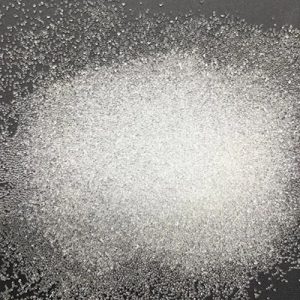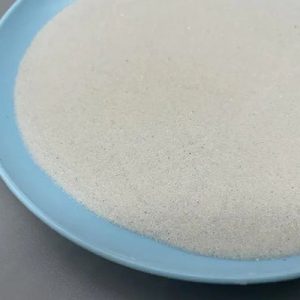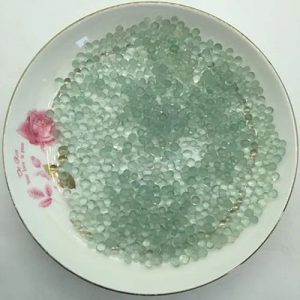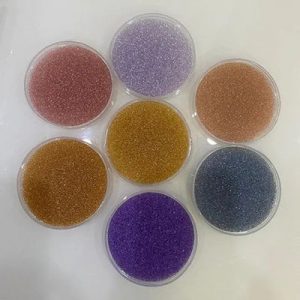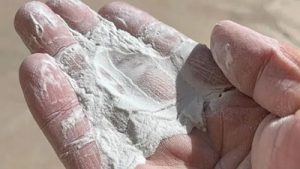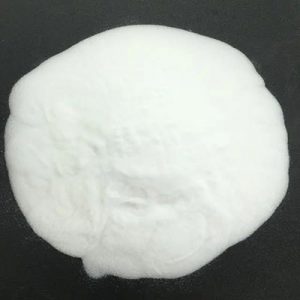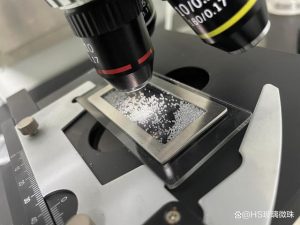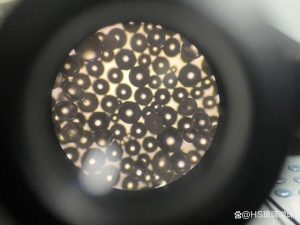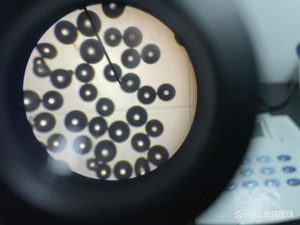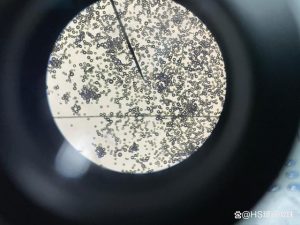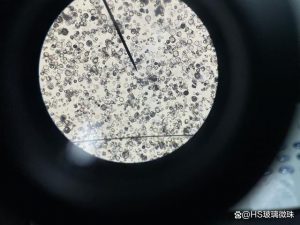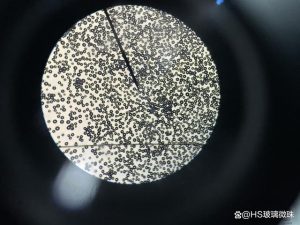The client of Zhong’an Online and Zhong’an News has opened up the territory of China. The Yangtze River Delta in the east is the region with the most active economic development, the highest degree of openness and the strongest innovation ability in China. Since the regional integration of the Yangtze River Delta has become a national strategy, Anhui has accumulated the internal strength of innovation in this hot land, unleashed the strong momentum of industry, and strove to stir up a surging wave of development in the scientific and technological innovation of the Yangtze River Delta integration.
Mechanism: “Take the lead” to overcome technical problems
Innovation is independent of origin, and heroes are independent of origin.
In 2021, our province will explore the mechanism of “unveiling the title and taking the lead” for the first time, spread hero posts at home and abroad, and sincerely invite talents from all walks of life to come to Anhui to take the lead and tackle the technical problem of “sticking the neck”.
“Let whoever can do it” is an important principle in the mechanism of “unveiling the list and taking the lead”. By selecting leaders and vanguards, focusing on the key areas of Anhui Province, we will work together to break through the key common technical bottlenecks, strengthen a number of advantageous enterprises, cultivate a number of advantageous products, and improve the modernization level of the industrial chain.
“We organized and implemented 9 provincial major projects in the way of ‘unveiling the list and taking the lead’, including 3 cooperation projects between our province and the Yangtze River Delta.” According to the relevant person in charge of the Planning Office of the Provincial Science and Technology Department, through the “unveiling and leading” mechanism, the barriers between “technology” and “market” can be broken through, which is more conducive to using sufficient resources, selecting the best among the best, improving the transformation efficiency of scientific research achievements, and stimulating the innovation vitality of the Yangtze River Delta region.
On the road of innovation, Sinosteel Maanshan Institute of Mining Research, together with Hehai University and China University of Science and Technology, achieved seamless connection between technology “supply and demand”, became a solid partner, undertook the project of “Research and Development of Key Technologies for High Softening Point Hollow Glass Beads for Spacecraft Thermal Protection System”, made efforts to improve the key preparation technologies for industrialization of high-performance hollow glass beads, and realized the localization of high softening point hollow glass beads for spacecraft thermal protection system, Go to the “sea of stars” of scientific and technological innovation.
[Source: China Security Online
